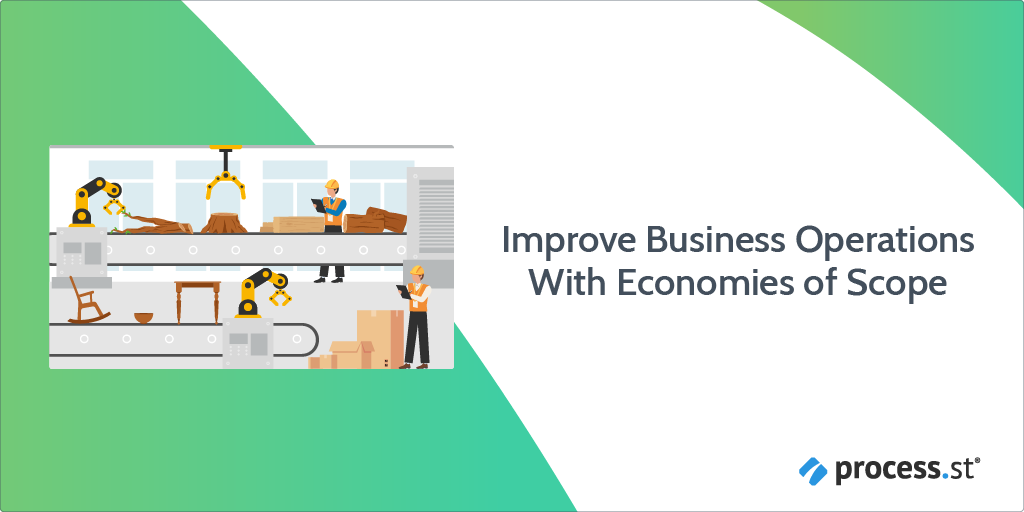
![]()
Everybody has a plan until they get punched in the mouth…
– Mike Tyson
Which, let’s face it, happens to most start-ups and entrepreneurs. Around 75% in fact.
You have the best idea. You spend days, weeks, and months perfecting a 40-page business plan filled with five-year forecasts, 18-month roadmaps, and in-depth marketing strategies. You confidently pitch it to stakeholders and investors.
And then?
Then you get punched in the mouth.
Potential investors go quiet or “haven’t had time to read it” and you’re left with an expensive, wasted deliverable and a chunk of time that you’ll never get back. Worse still, your product isn’t any nearer launching and you haven’t secured any buy-in or investment.
What. A. Waste. Of. Time.
Traditional business plans are of little use to start-ups, and of no real interest to investors.
But what’s the alternative?
A one-page business plan inspired by Eric Ries’s Lean Start-Up methodology and specifically designed for emerging entrepreneurs: The Lean Canvas.
The Lean Canvas is a living framework that allows you to quickly capture your idea or concept, thoroughly validate it, and then continuously share, improve, and most importantly move on it.
Ok, I know what you’re thinking:
- How can a one-page Lean Canvas possibly replace a 40-page business plan?
- How can I tell the entire story of my business on one-page?
- Is a Lean Canvas really enough to help me secure investment or buy-in?
I have the answers to all these questions and more in this Process Street post.
Ready to dodge some punches?
Continue Reading







 Workflows
Workflows Forms
Forms Data Sets
Data Sets Pages
Pages Process AI
Process AI Automations
Automations Analytics
Analytics Apps
Apps Integrations
Integrations
 Property management
Property management
 Human resources
Human resources
 Customer management
Customer management
 Information technology
Information technology







 Imagine you knew absolutely everything there was to know about the company you buy from. I’m talking about their goals, values … even the challenges they face. It would be pretty radical right?
Imagine you knew absolutely everything there was to know about the company you buy from. I’m talking about their goals, values … even the challenges they face. It would be pretty radical right? 


